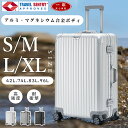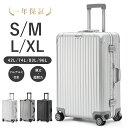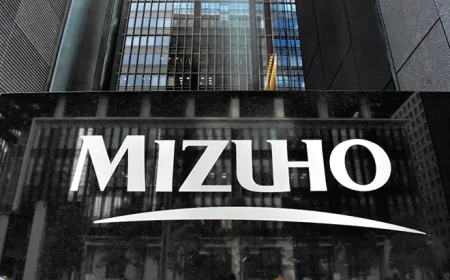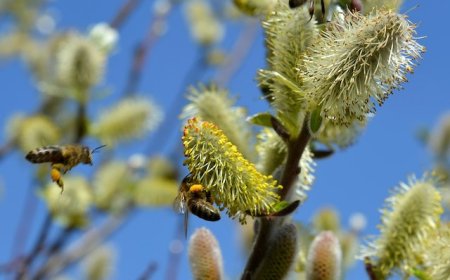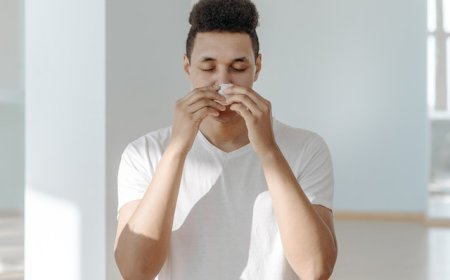Pollen allergy: Unraveling the mystery with foreigners in Japan
Japan is a country renowned for its breathtaking cherry blossoms, lush greenery, and vibrant springtime. However, for some foreigners who have been living in Japan for 2-3 years, this picturesque landscape can come with an unexpected downside: pollen allergies.

In this blog, we will explore the phenomenon of foreigners developing pollen allergies during their stay in Japan. We will delve into the reasons behind this occurrence, discuss the specific pollen types prevalent in Japan, and provide practical tips to manage and alleviate the symptoms of pollen allergies.
Understanding the Allergic Reaction
Pollen allergies, also known as hay fever or seasonal allergic rhinitis, occur when the immune system reacts to pollen particles in the air. In susceptible individuals, the immune system identifies harmless pollen as a threat, triggering an allergic response. This reaction leads to symptoms such as sneezing, runny nose, itchy eyes, and congestion.
Pollen Types in Japan
Japan is home to several plant species that produce abundant pollen during the spring and early summer months. The most common culprits include Japanese cedar (sugi), Japanese cypress (hinoki), and ragweed (ambrosia). Japanese cedar pollen, in particular, affects a significant portion of the population and is notorious for causing severe allergic reactions.
Acclimatization to Local Pollen
Foreigners who have lived in Japan for 2-3 years may find themselves developing pollen allergies due to prolonged exposure to local pollen. The immune system, when continuously exposed to specific pollen types, may become sensitized over time, leading to the onset of allergic symptoms. This acclimatization process is believed to be a contributing factor in the development of pollen allergies in foreigners residing in Japan.
Environmental Factors
Apart from acclimatization, several environmental factors may exacerbate the allergic response. Japan's climate, with its high humidity and stagnant air during the pollen season, can increase pollen concentrations and prolong exposure. Additionally, the urban environment, characterized by concrete jungles and limited green spaces, can contribute to the accumulation of pollen in the air.
Coping with Pollen Allergies
While pollen allergies can be challenging to manage, there are several strategies to alleviate symptoms and maintain a comfortable lifestyle. Consider the following tips:
- Stay informed: Monitor daily pollen forecasts and plan outdoor activities accordingly. Many weather apps and websites provide accurate and up-to-date information on pollen levels in different regions of Japan.
- Minimize exposure: Wear sunglasses to protect your eyes, use a pollen mask when outdoors, and keep windows closed to prevent pollen from entering your living space.
- Maintain cleanliness: Regularly clean your living environment, including vacuuming, dusting, and washing bedding. Pollen can cling to surfaces and fabrics, exacerbating symptoms.
- Seek medical advice: Consult a healthcare professional for appropriate medications, such as antihistamines or nasal sprays, to alleviate symptoms. Allergy shots (immunotherapy) may be recommended for severe cases.
- Consider natural remedies: Some individuals find relief through natural remedies such as saline nasal rinses, herbal teas, or local honey. However, consult with a healthcare professional before trying any alternative treatments.
Pollen allergies can unexpectedly emerge in foreigners residing in Japan for 2-3 years due to prolonged exposure to local pollen types and environmental factors.
By staying informed, minimizing exposure, maintaining cleanliness, seeking medical advice, and exploring natural remedies, foreigners can effectively cope with pollen allergies in Japan.
Related Products


